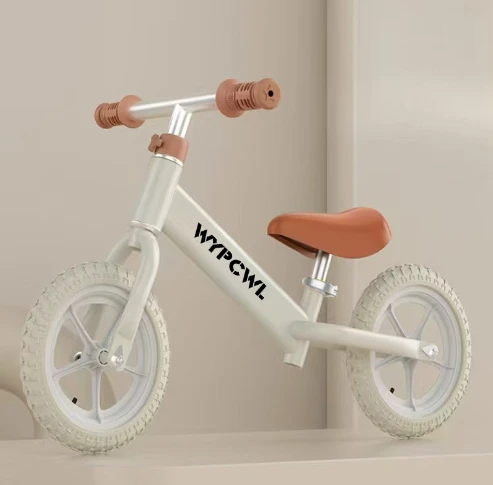Mar . 07, 2025 02:59 Back to list
21 speed mountain bike


The materials and build quality of the shifters are also influential in determining their lifespan and efficiency. Metal components tend to offer durability but can contribute to overall weight, while composite materials may reduce weight, enhancing agility and speed. Check for additional features such as weather sealing, which can protect internal mechanisms from elements and ensure dependable performance under various conditions. Installation ease and ergonomic design should not be overlooked, as even the most advanced shifters will underperform if they’re not properly fitted to your bike or hand size. Ergonomically designed shifters help reduce hand fatigue over long rides and provide enhanced control. Modern designs focus on adjustability, allowing you to customize the lever reach and shifting feel, ensuring that each click resonates with precision and comfort. Investing time to read reviews and seek expert advice can further refine your selection process. Engaging with cycling communities or seeking insights from experienced riders provides real-world feedback that can clarify potential purchase decisions. A well-chosen shifter should not only meet the technical demands of your riding style but also enhance your confidence and enjoyment on the bike, ensuring a more fulfilling ride with every path you conquer. In summary, the ideal 9-speed mountain bike shifter combines compatibility, performance, and durability. By considering factors such as terrain, shifter type, drivetrain compatibility, material, and ergonomic design, you can select a shifter that not only complements your individual riding needs but also elevates your overall mountain biking experience.
-
Discover Top E Bike Brand Insights, Specs & Future Trends | Yanline Bike
NewsNov.24,2025
-
Green E Bike – The Future of Sustainable Urban Mobility
NewsNov.24,2025
-
Ruffian eBike: Durable, Efficient Electric Bikes for Modern Mobility
NewsNov.23,2025
-
Comprehensive Guide to the Global E Bike Market and Future Trends
NewsNov.23,2025
-
Understanding Electric Bicycle Range: A Complete Guide for Smarter E-Bike Use
NewsNov.22,2025
-
Ceron Electric Bike – Efficient, Sustainable Urban Mobility Solutions
NewsNov.22,2025
-
Discover the Benefits and Innovations of Go Ebike | Sustainable Urban Mobility
NewsNov.22,2025




